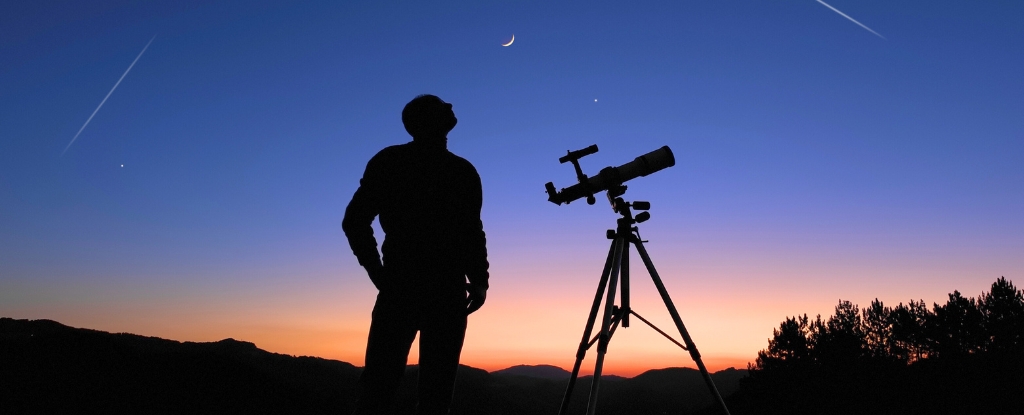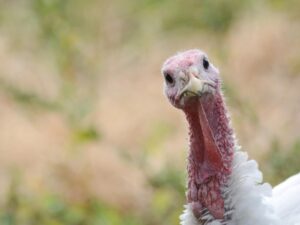
If you gaze skyward this Friday, September 19th, you might just catch a celestial spectacle that seems to smile down from the heavens. In a rare astronomical event, Venus, Regulus, and a slender crescent Moon will converge in the eastern dawn sky, offering a visual treat for early risers.
This unique alignment, often referred to as a ‘triple conjunction,’ is one of the most anticipated celestial events of 2025. The Moon, at just 5% illumination, will appear as a delicate crescent, positioned 27 degrees west of the Sun. Meanwhile, Venus, shining brightly at 89% illumination, will display an 11″ disk, having dominated the dawn sky for much of the year. Completing the trio is Regulus, the brightest star in the constellation Leo, with a magnitude of +1.3.
Astronomical Distances and Alignments
Despite their close appearance in the sky, these celestial bodies are vastly separated by distance. The Moon, our nearest neighbor, is a mere 385,000 kilometers away, equivalent to 1.3 light-seconds. Venus, on the other hand, is over 12 light-minutes distant, while Regulus lies 78 light-years away, far beyond our Solar System.
This alignment forms what some describe as a ‘smiling emoticon,’ with Venus and Regulus as the eyes and the crescent Moon as the smile. The celestial dance of these objects offers a fascinating study in both proximity and perspective.
Occultations and Viewing Opportunities
The event is not just visually striking but also scientifically intriguing. On September 19th, the Moon will occult Regulus for a remote area of northern Siberia, part of a cycle of occultations extending to January 2027. Meanwhile, the Moon will also occult Venus, a spectacle visible from the northwestern Canadian Arctic under twilight skies. In contrast, observers in the North Atlantic and parts of Europe and northern Africa will witness the Moon occult Venus during daylight hours.
For those outside these regions, spotting Venus near the crescent Moon in daylight remains a worthy challenge. Observers are advised to shield their eyes from the Sun while attempting this feat, using landmarks like hills or buildings for safety.
The Rarity of the ‘Smiling’ Conjunction
Such a tight grouping of celestial bodies within a half-degree circle is a rare occurrence. The Moon, which moves its own diameter across the sky every hour, must be perfectly positioned between its Last Quarter and First Quarter phases for the ‘smile’ to appear. Historical records indicate that similar events have occurred only 85 times since the year 1000 AD, with notable instances like the April 23rd, 1998 conjunction involving the Moon, Venus, and Jupiter.
“The event will look more like a ‘smile’ the farther northwest in North America you are. The Yukon and Alaska get the very best view, with a smiling lunar visage punctuated by the staring eyes of Regulus and Venus under darker twilight skies.”
Looking Ahead: Future Celestial Events
The celestial show continues as the Moon progresses towards the final eclipse of 2025, a deep partial eclipse visible from New Zealand, the South Pacific, and Antarctica on September 21st. This week’s ‘smiling’ conjunction serves as a reminder of the Universe’s playful side, offering a glimpse of its vast and intricate beauty.
As astronomers and enthusiasts alike prepare for this event, the anticipation grows for what promises to be a memorable display of celestial alignment. Whether viewed with the naked eye or through a telescope, the conjunction of Venus, Regulus, and the Moon is a testament to the wonders of our night sky.






